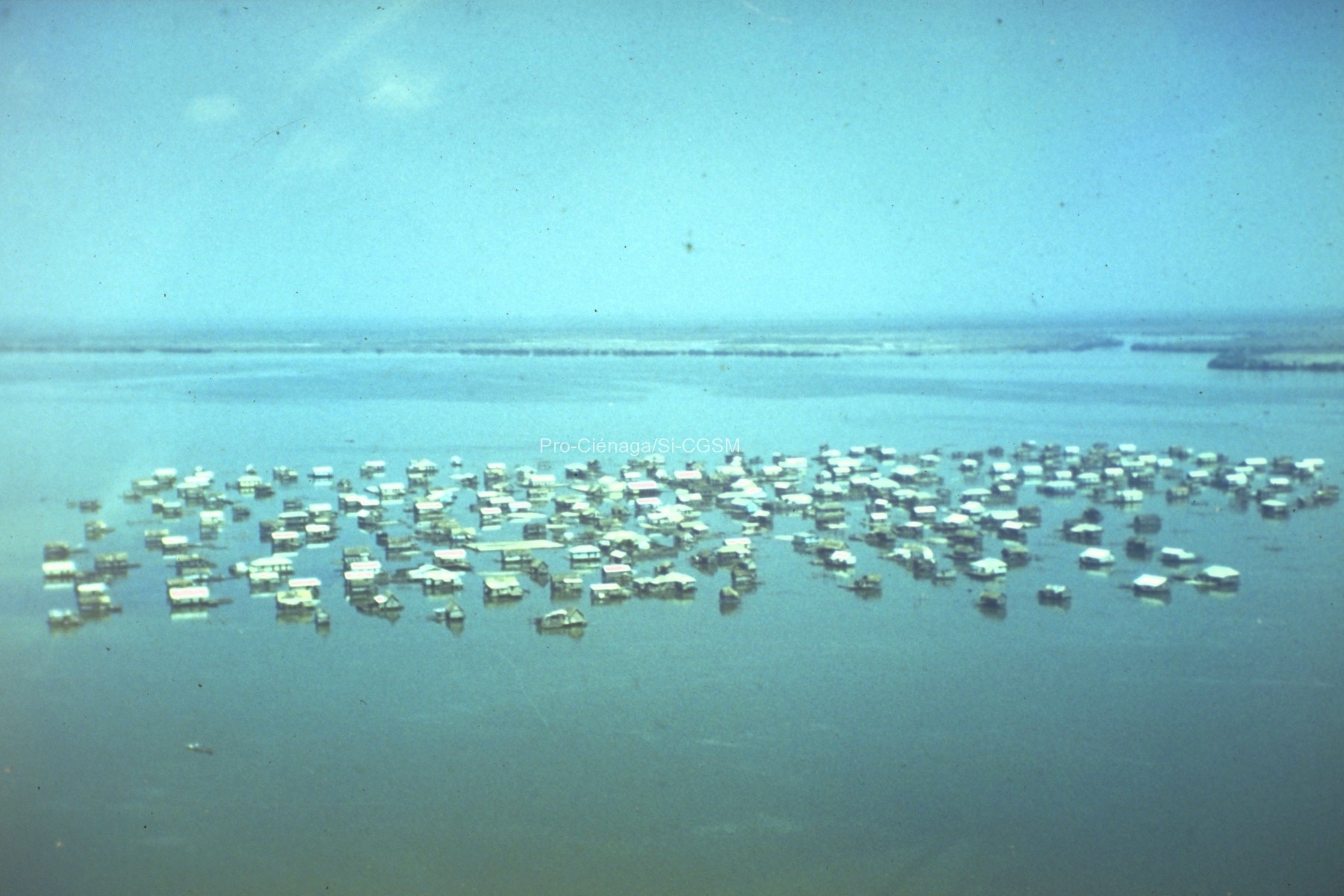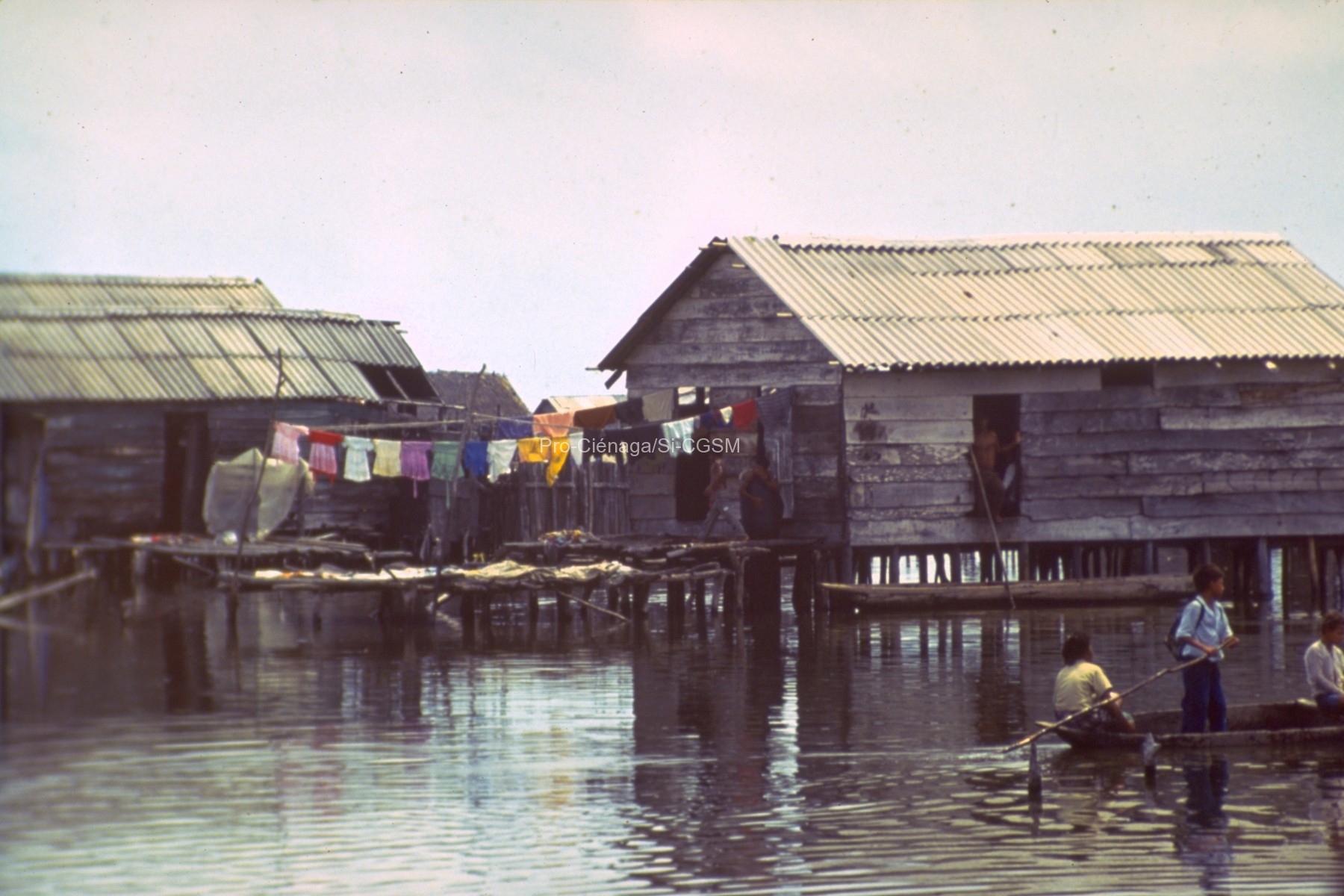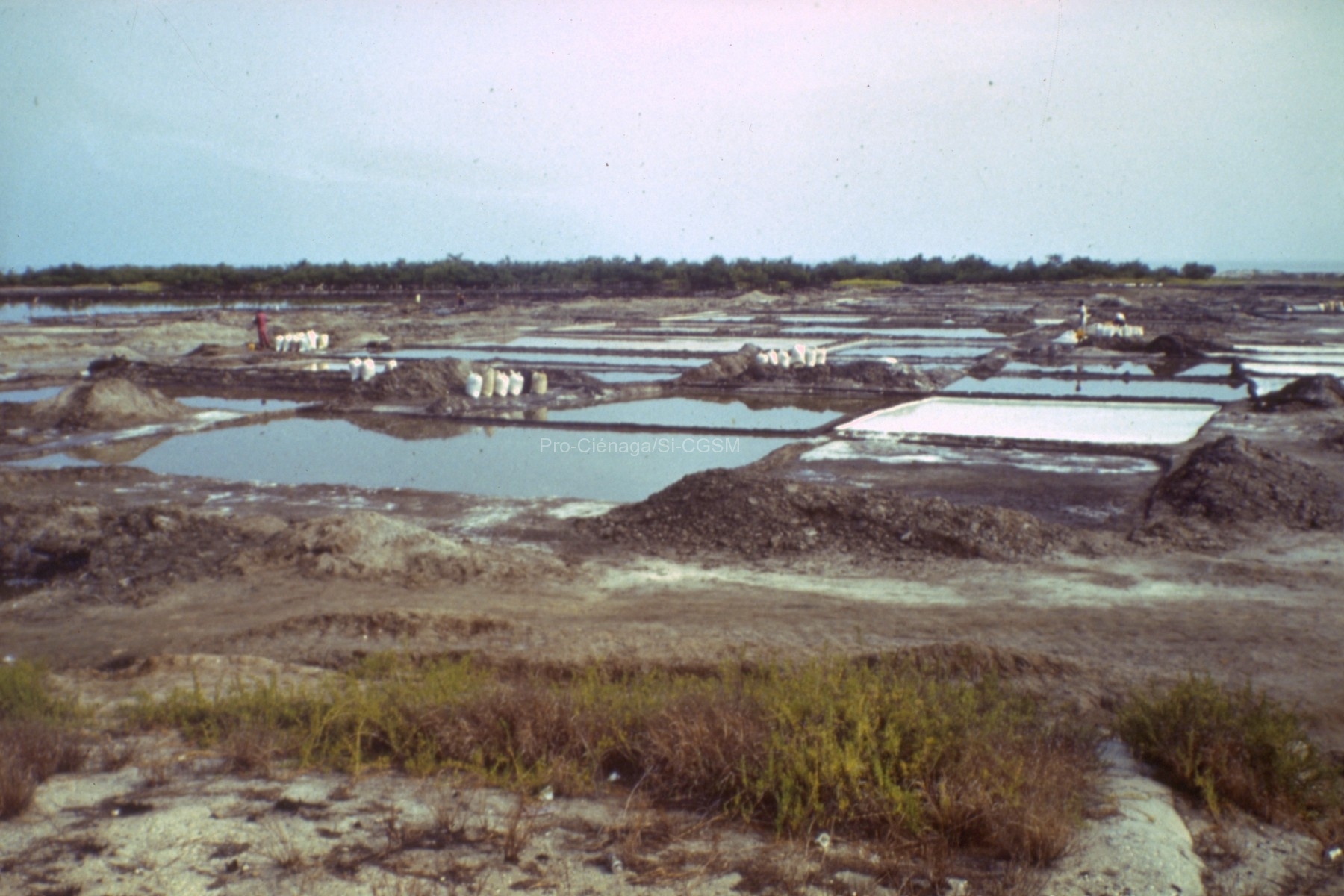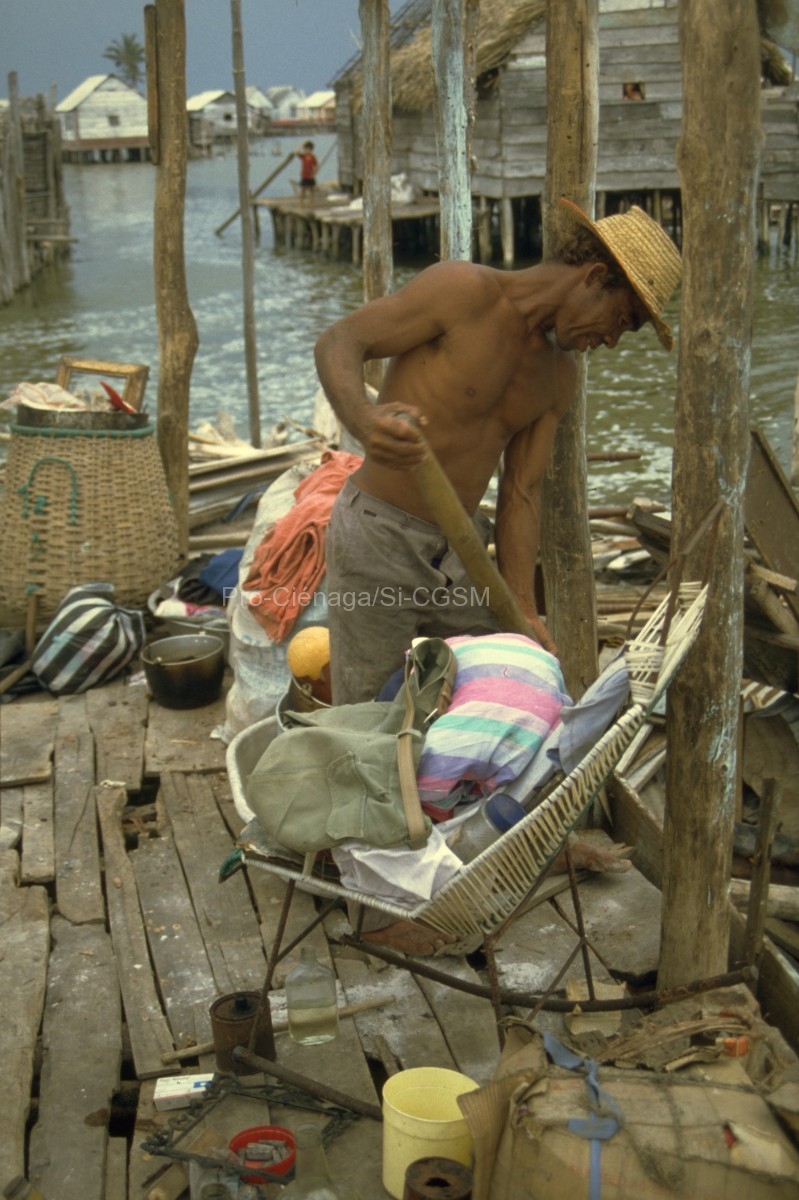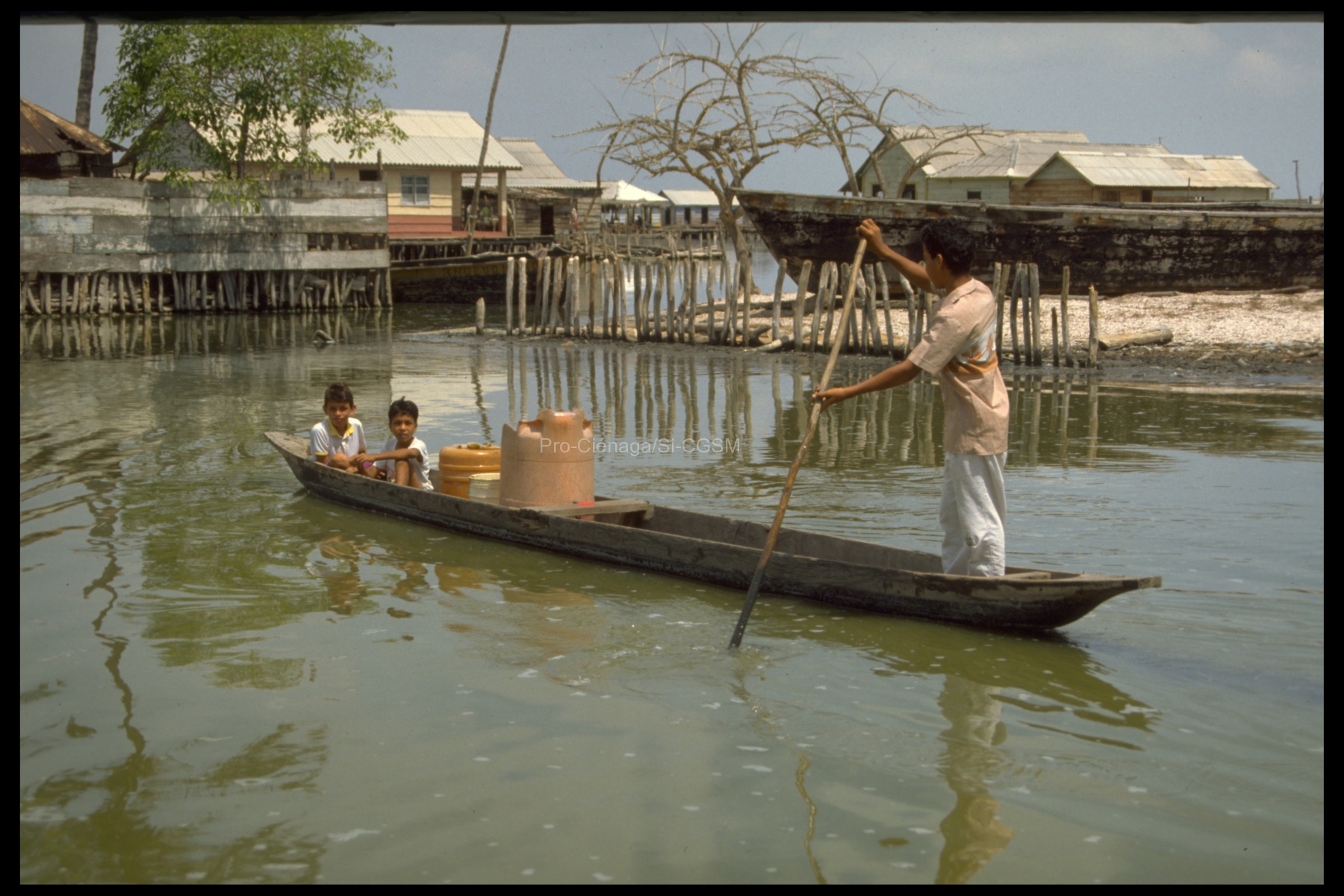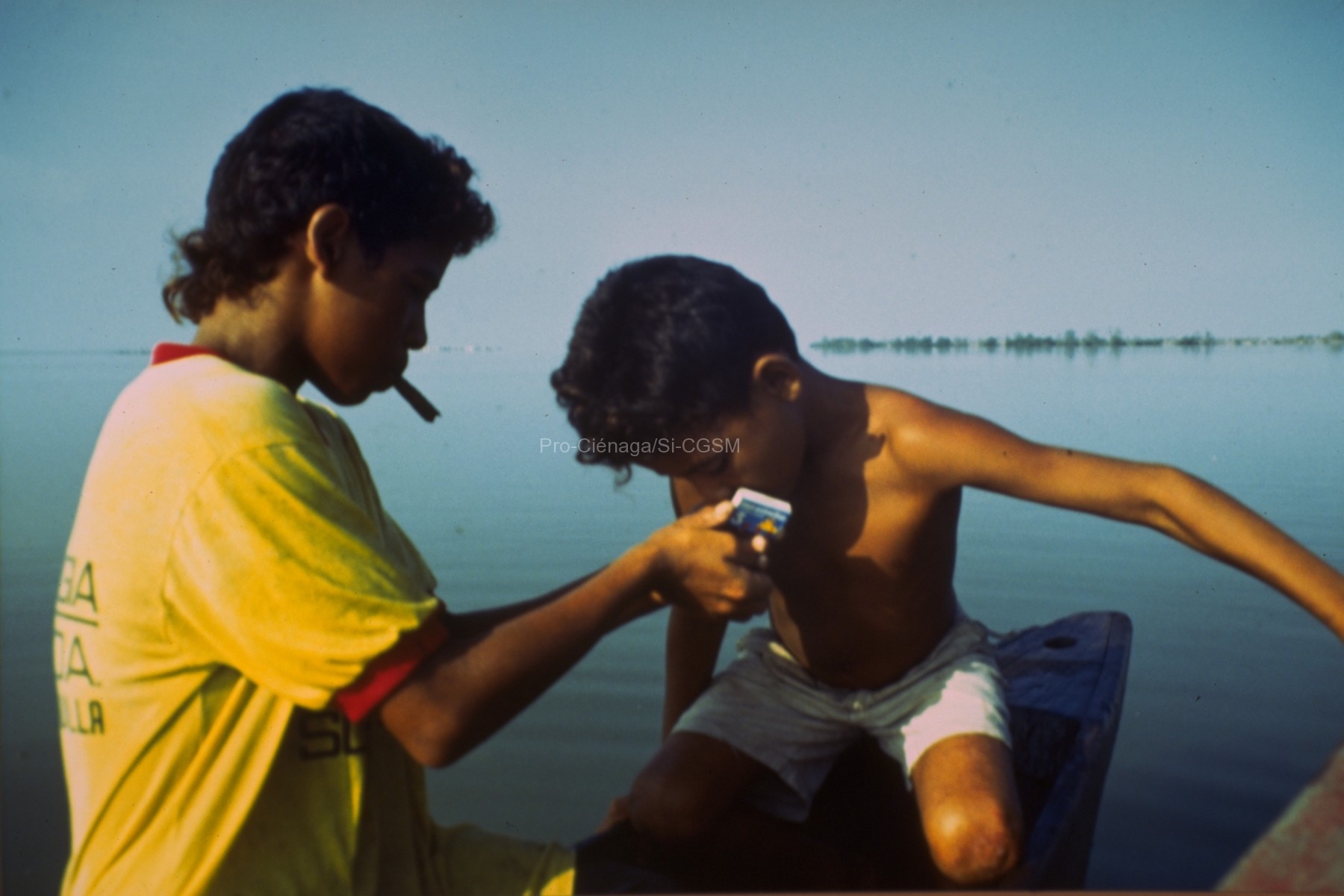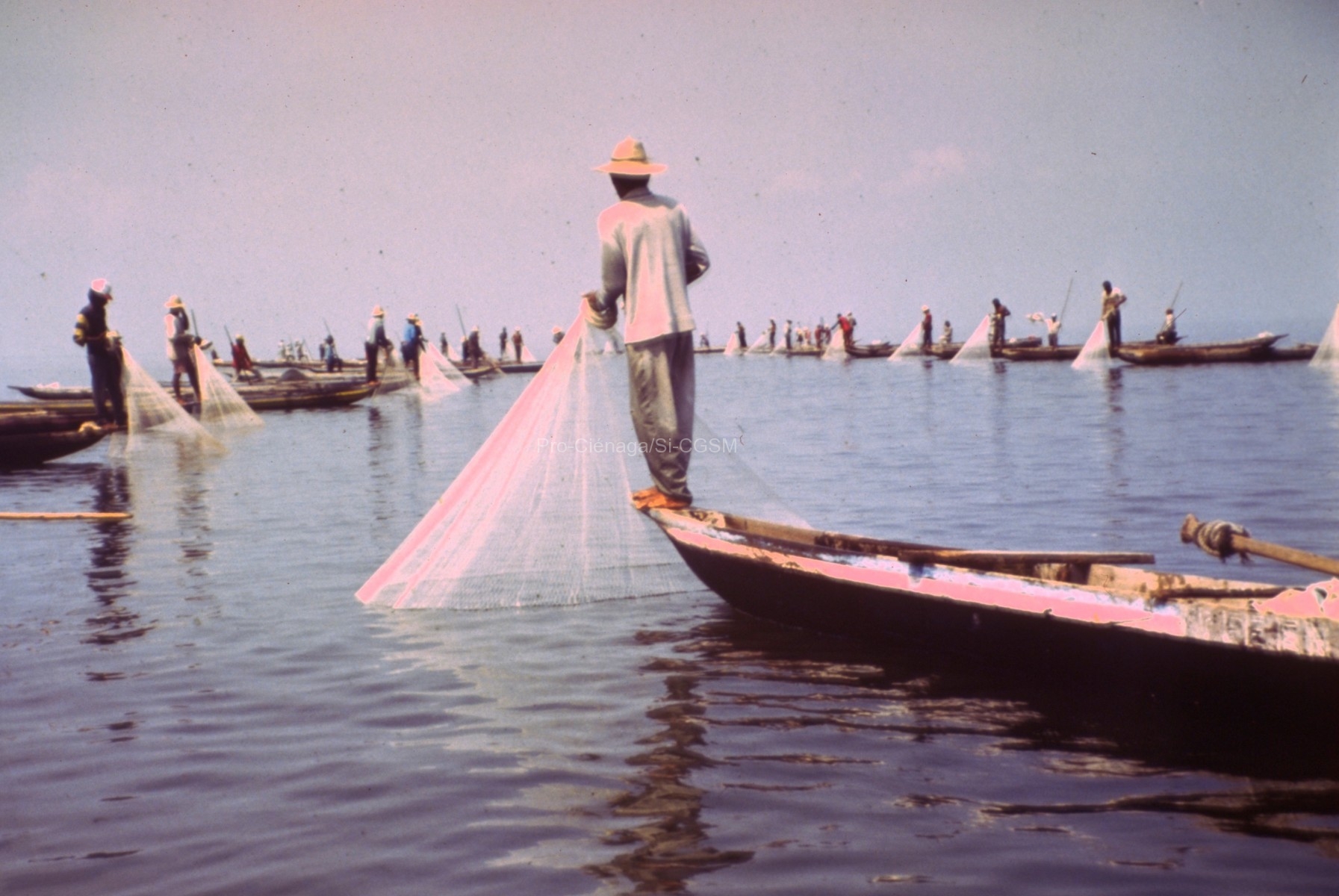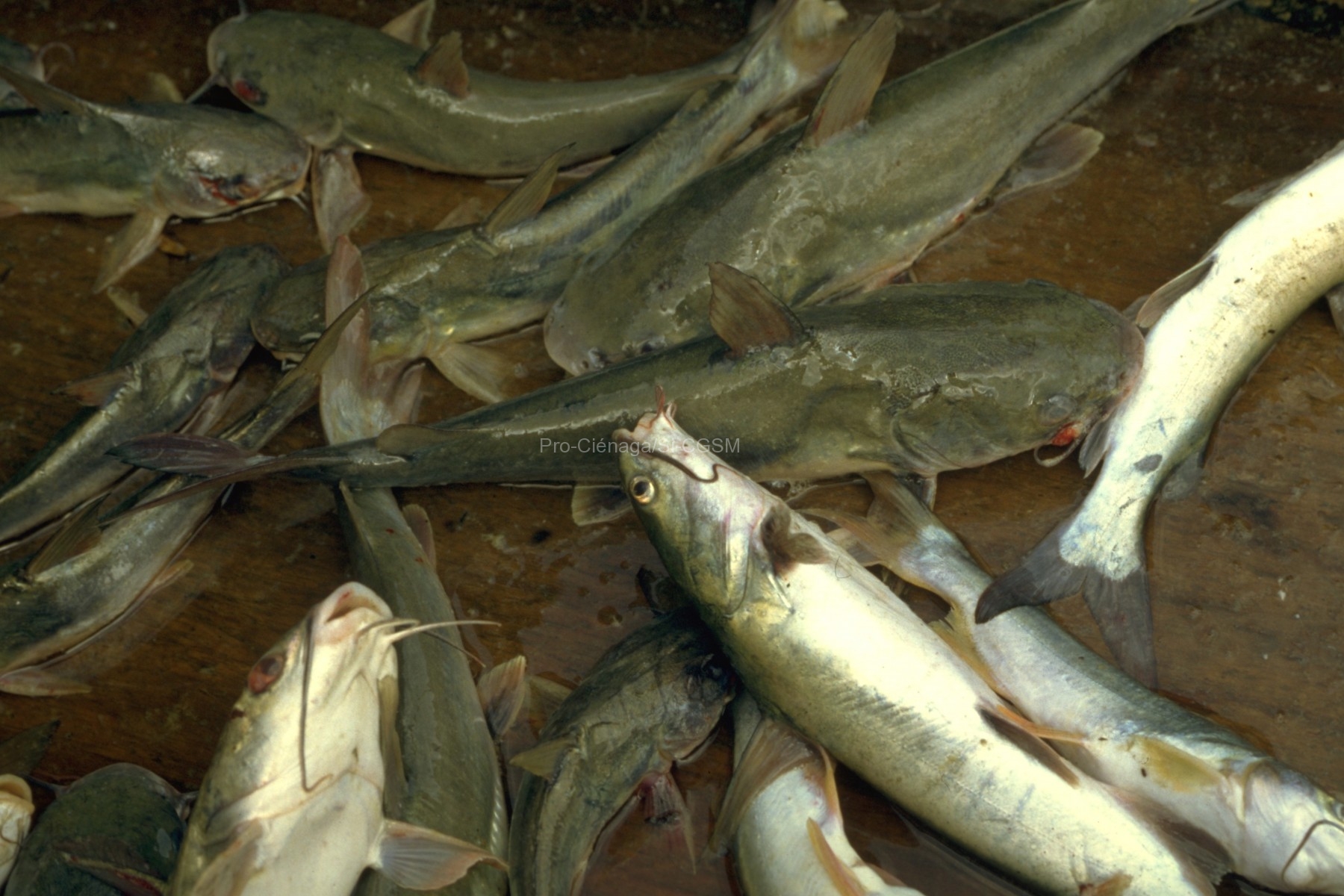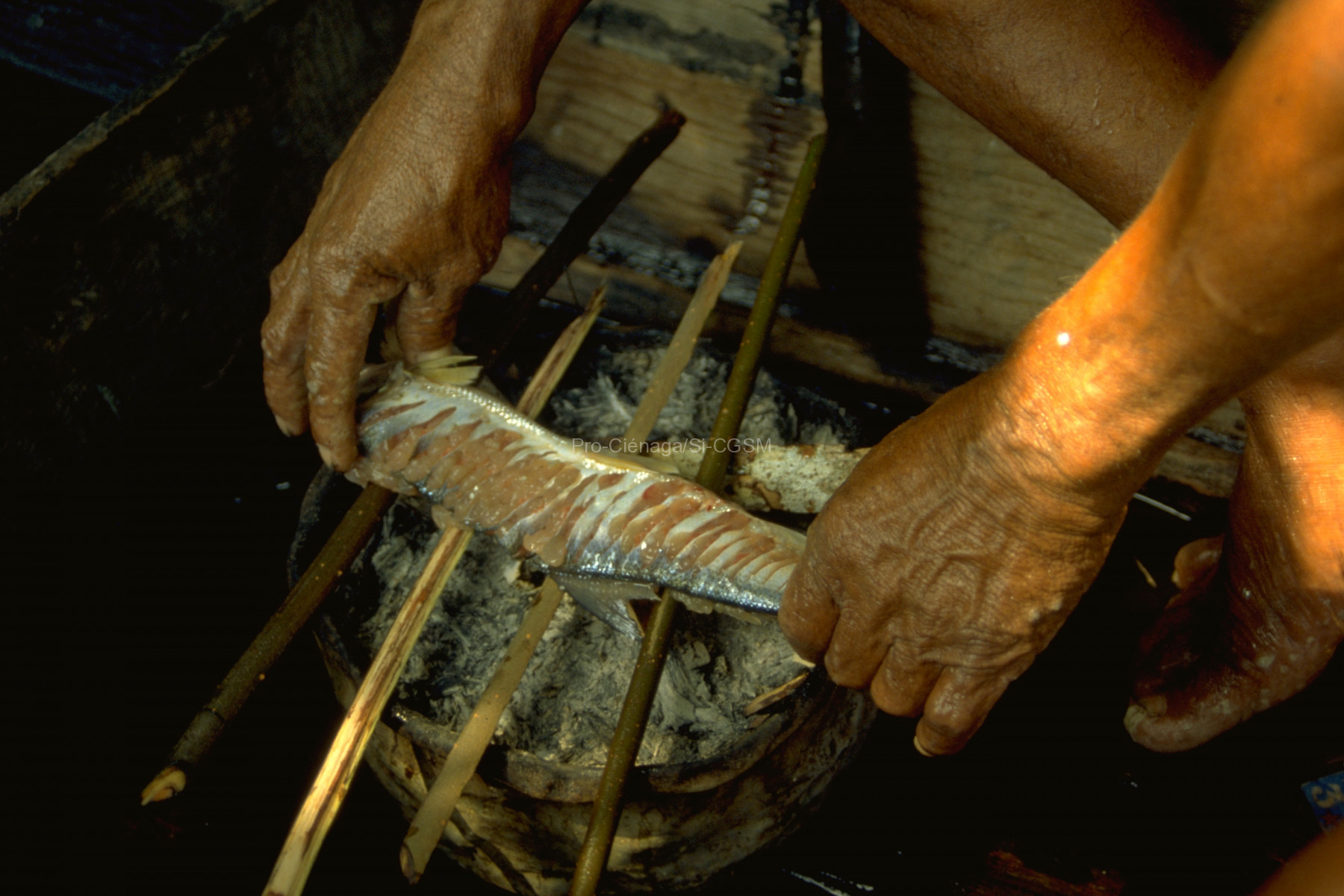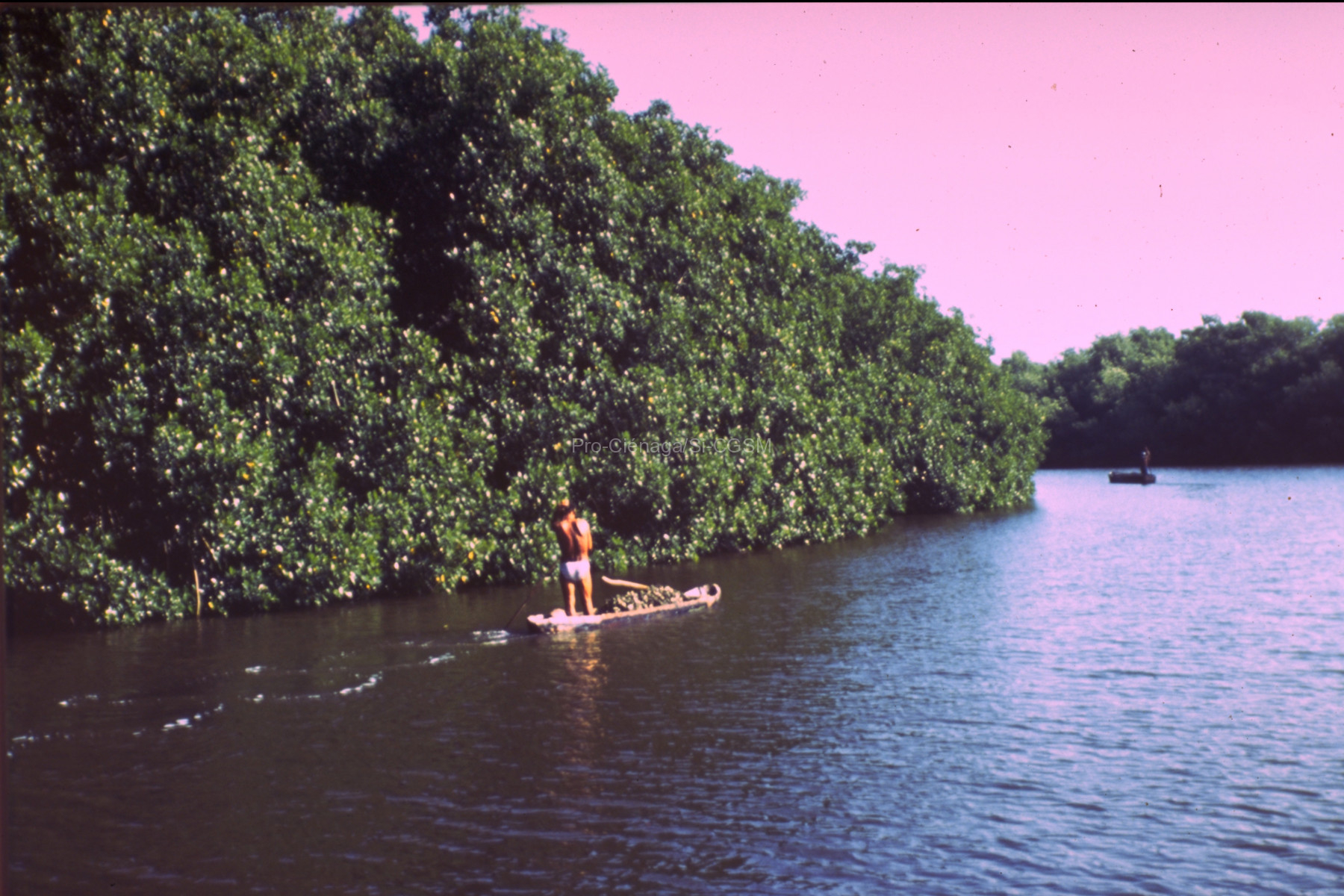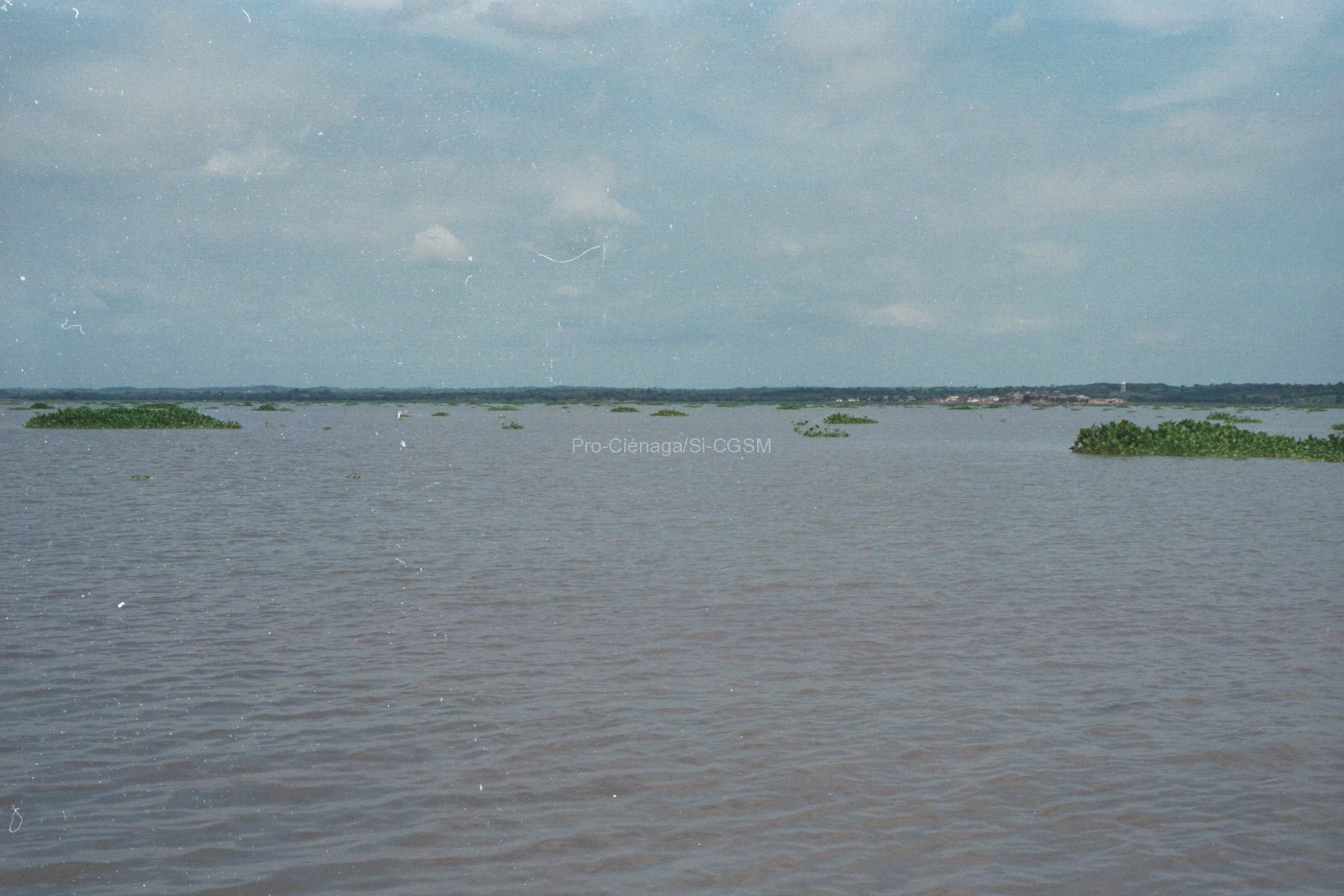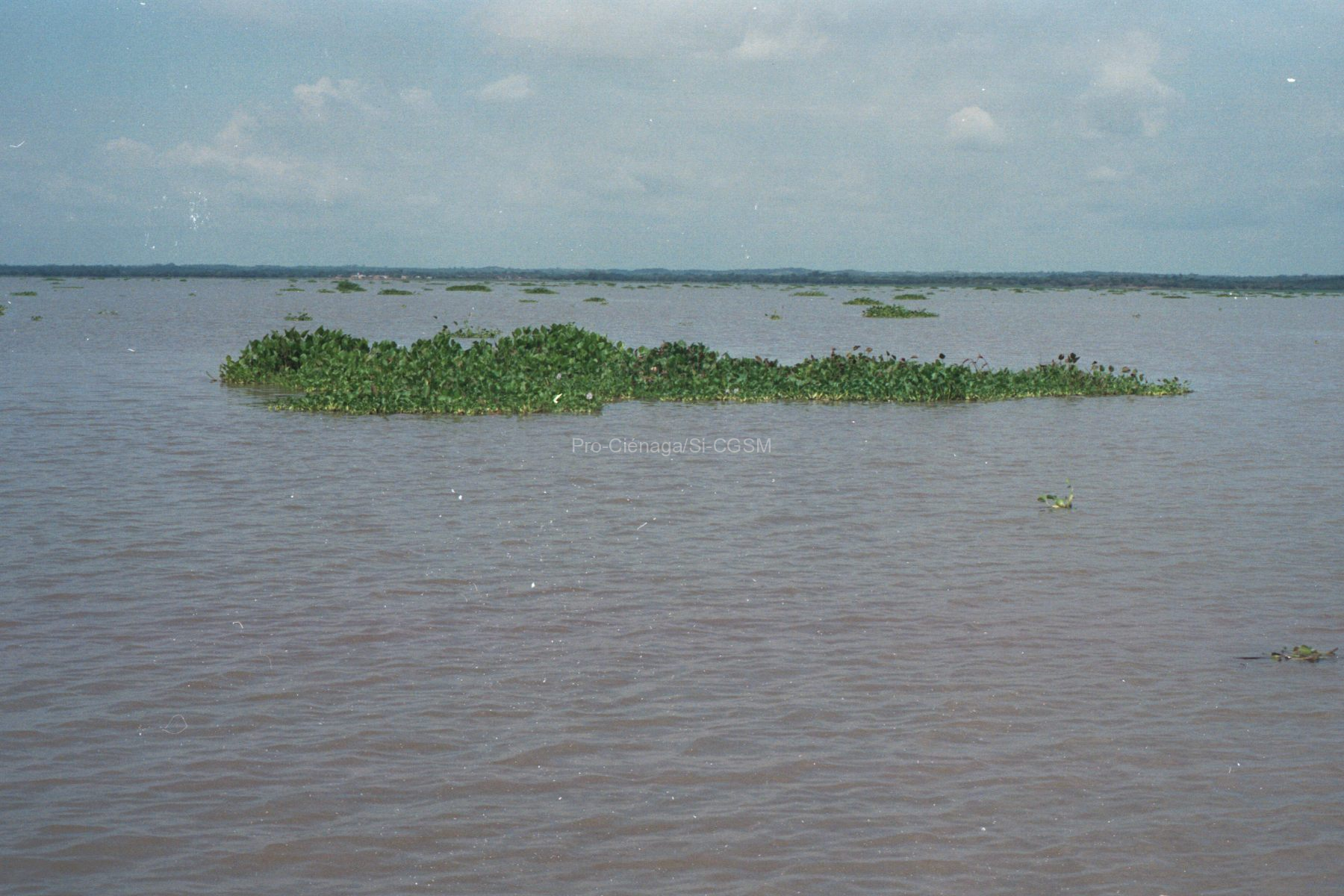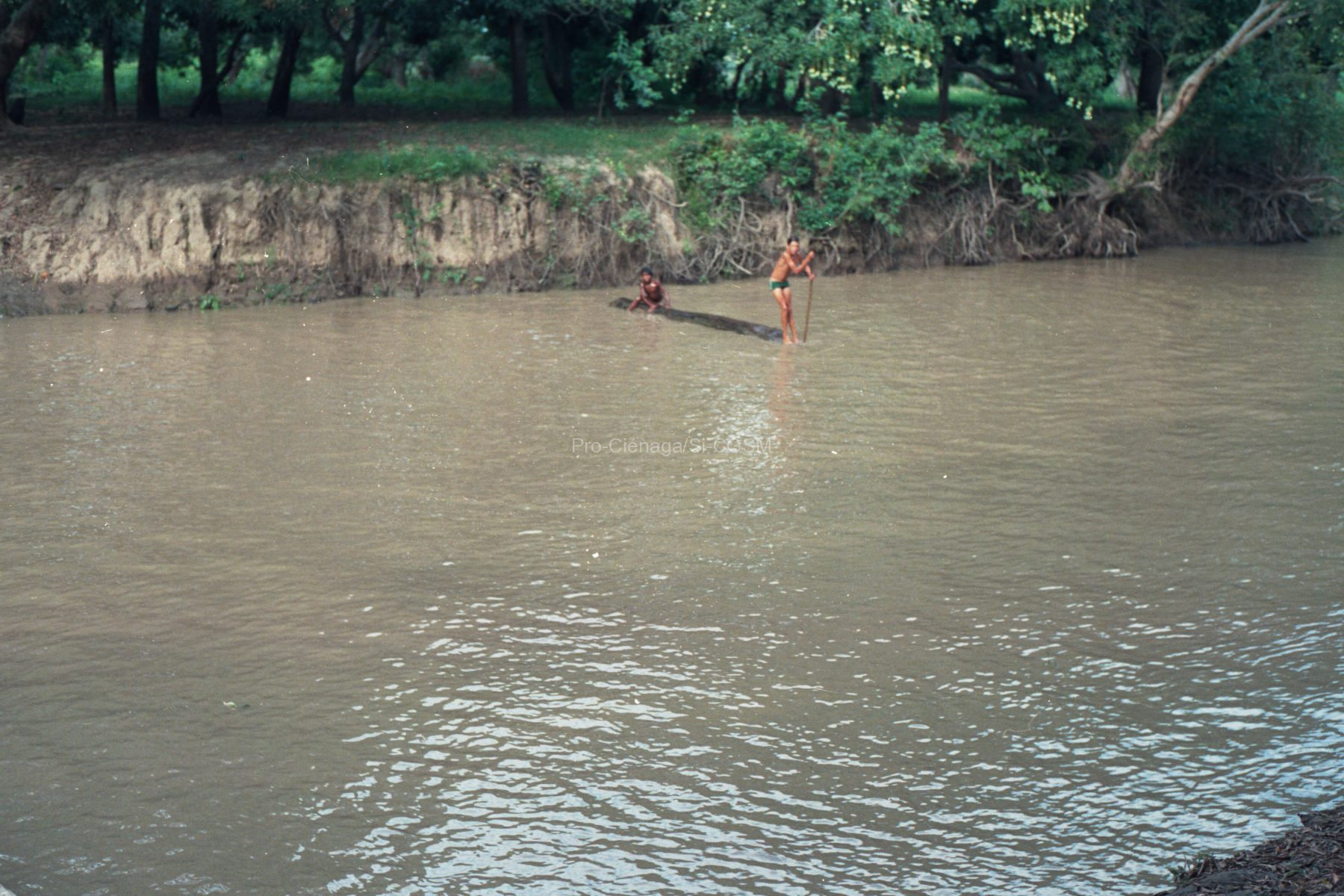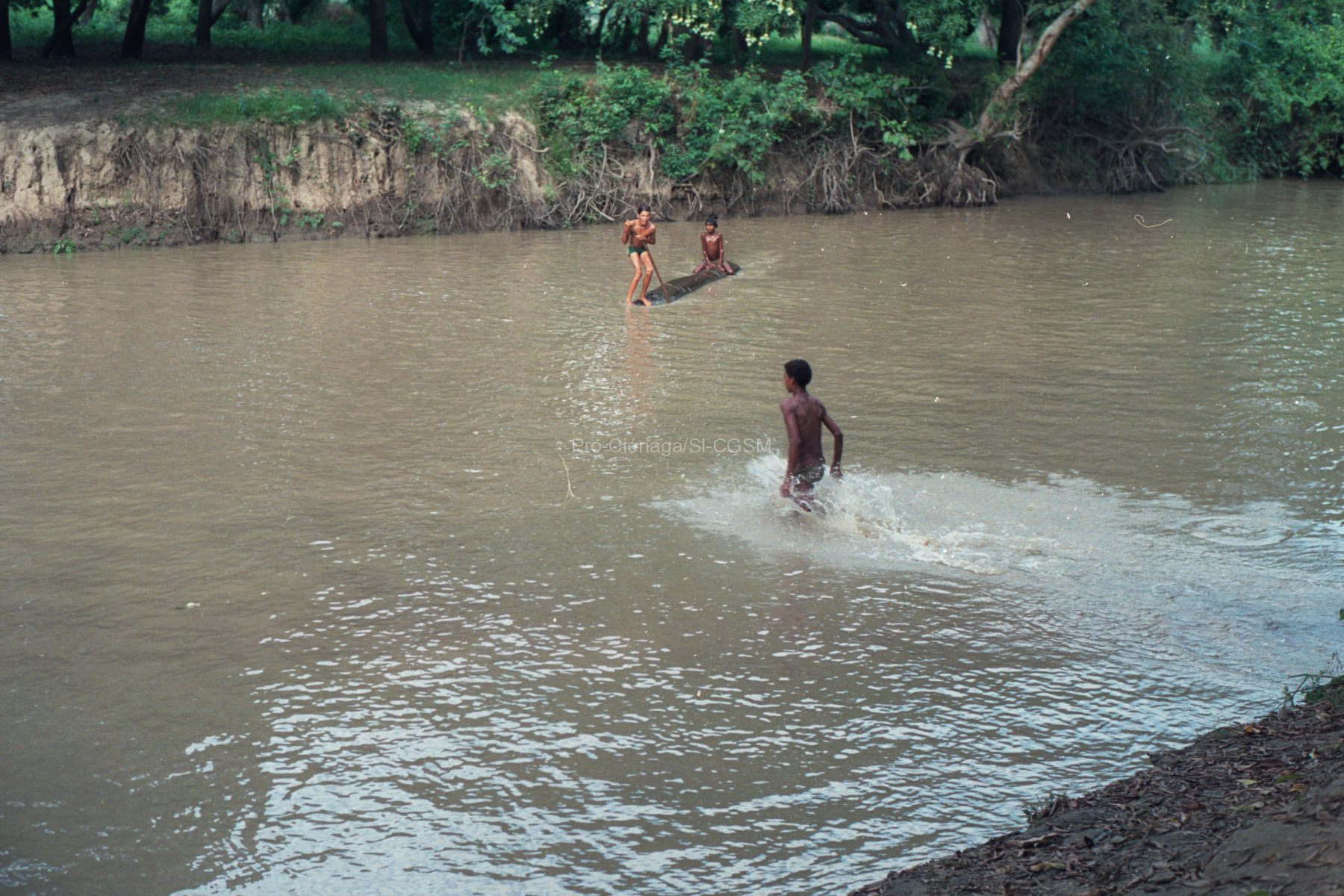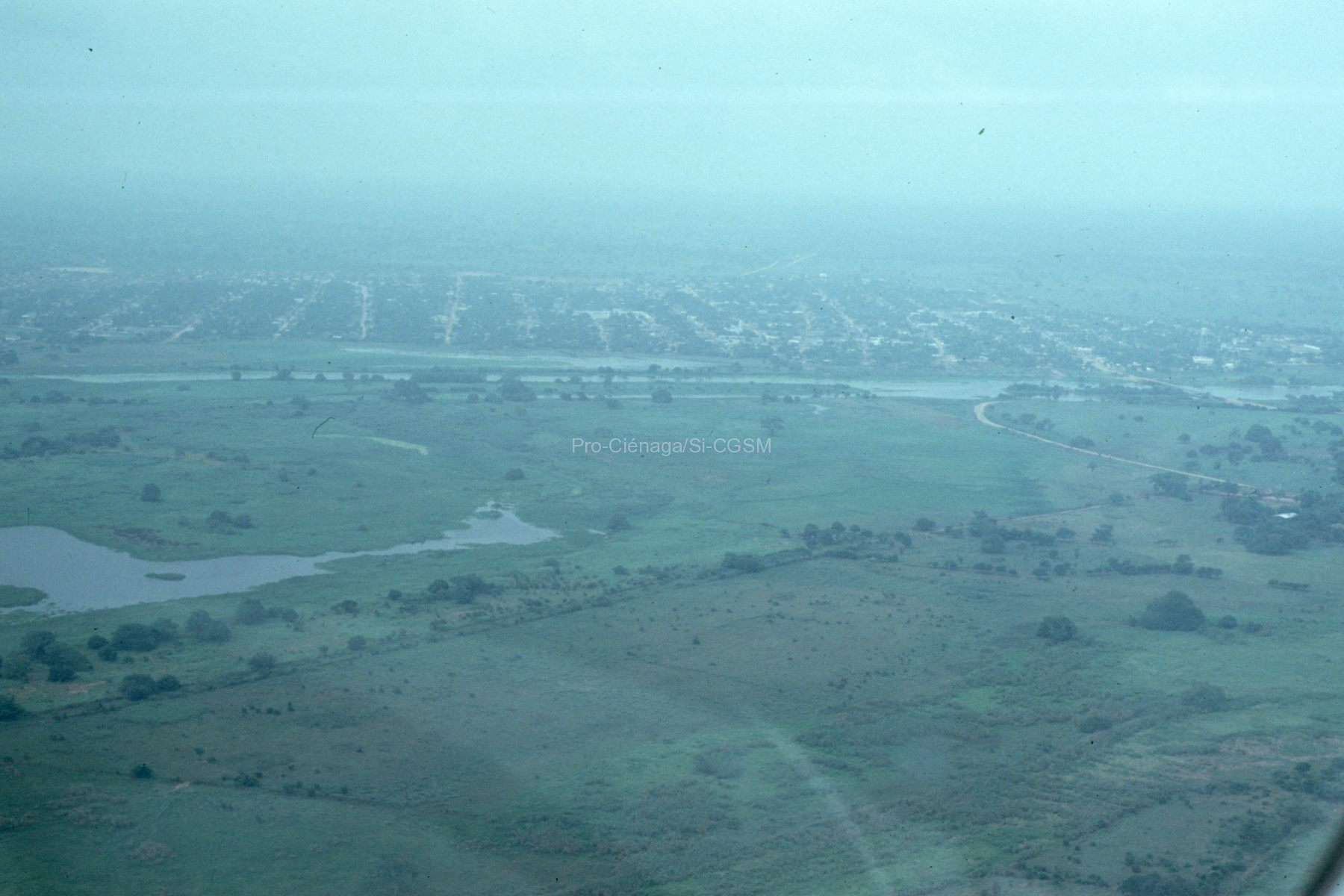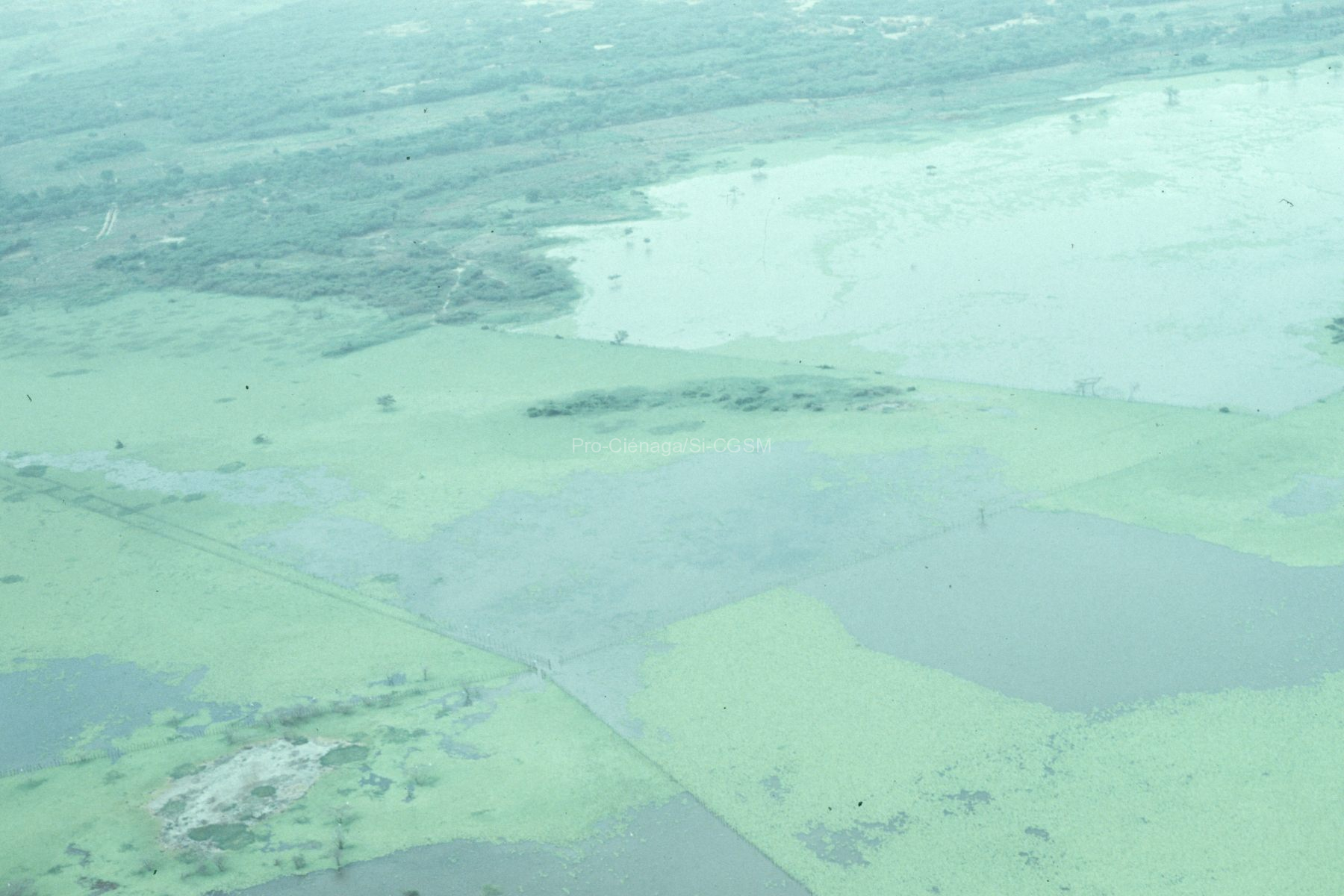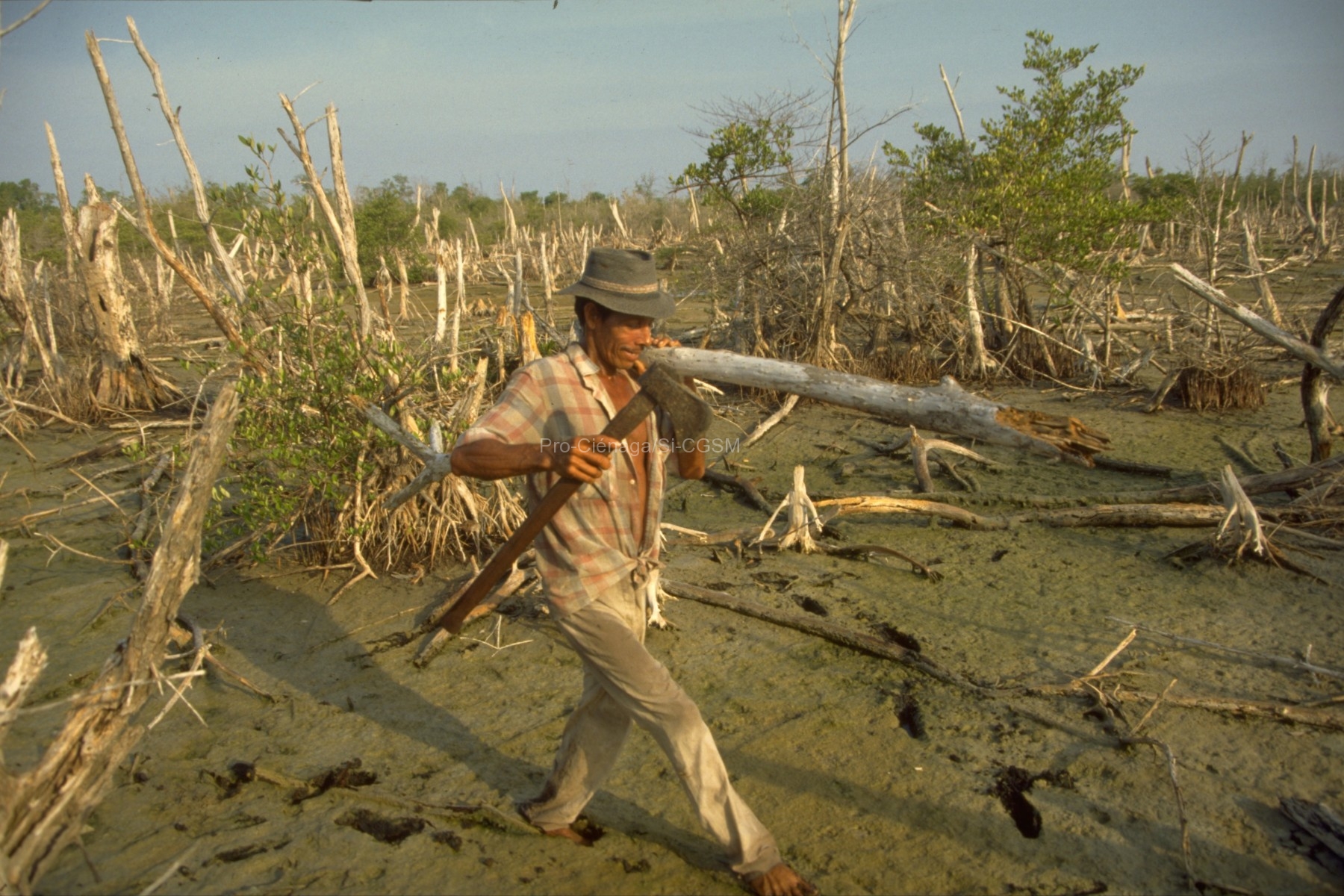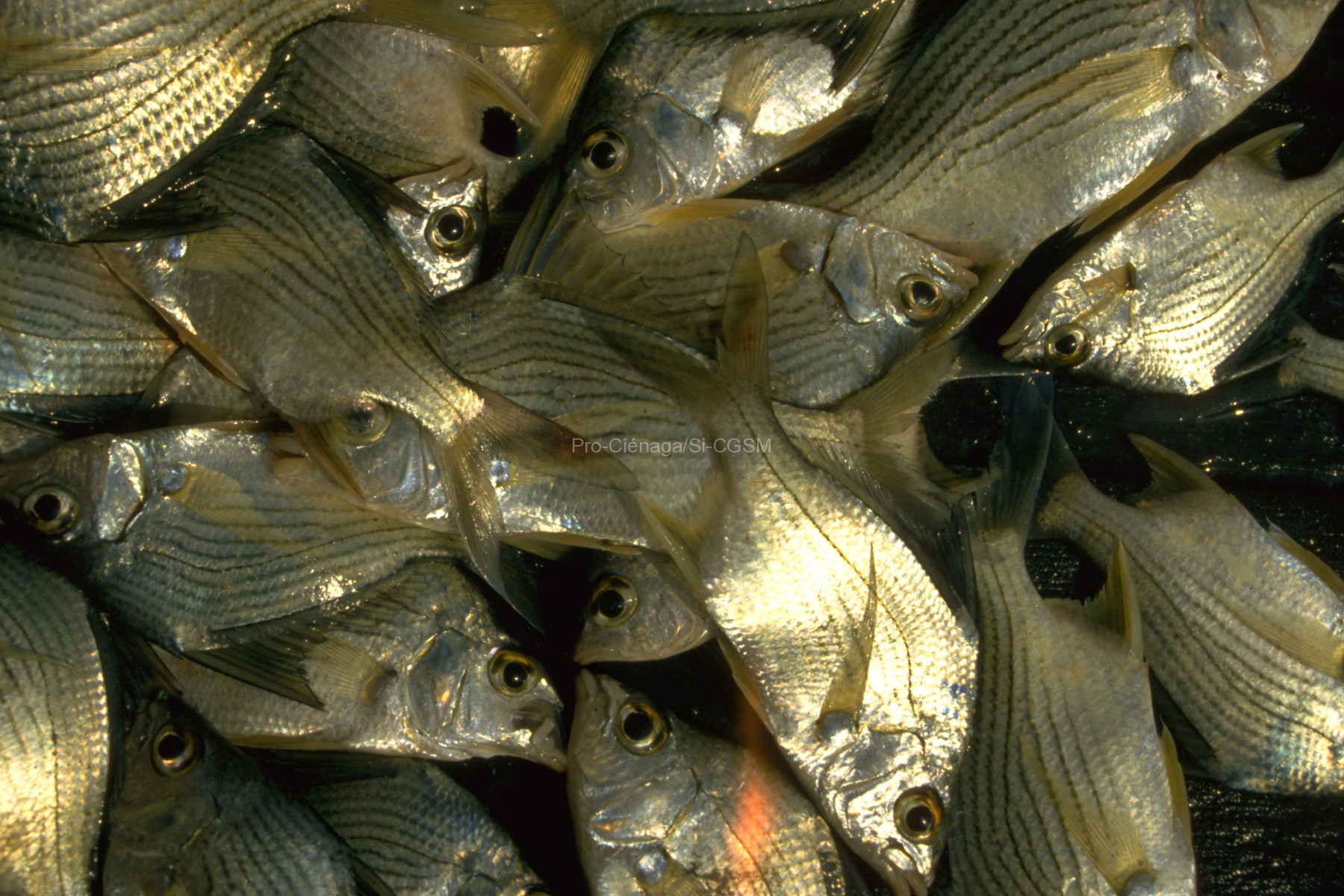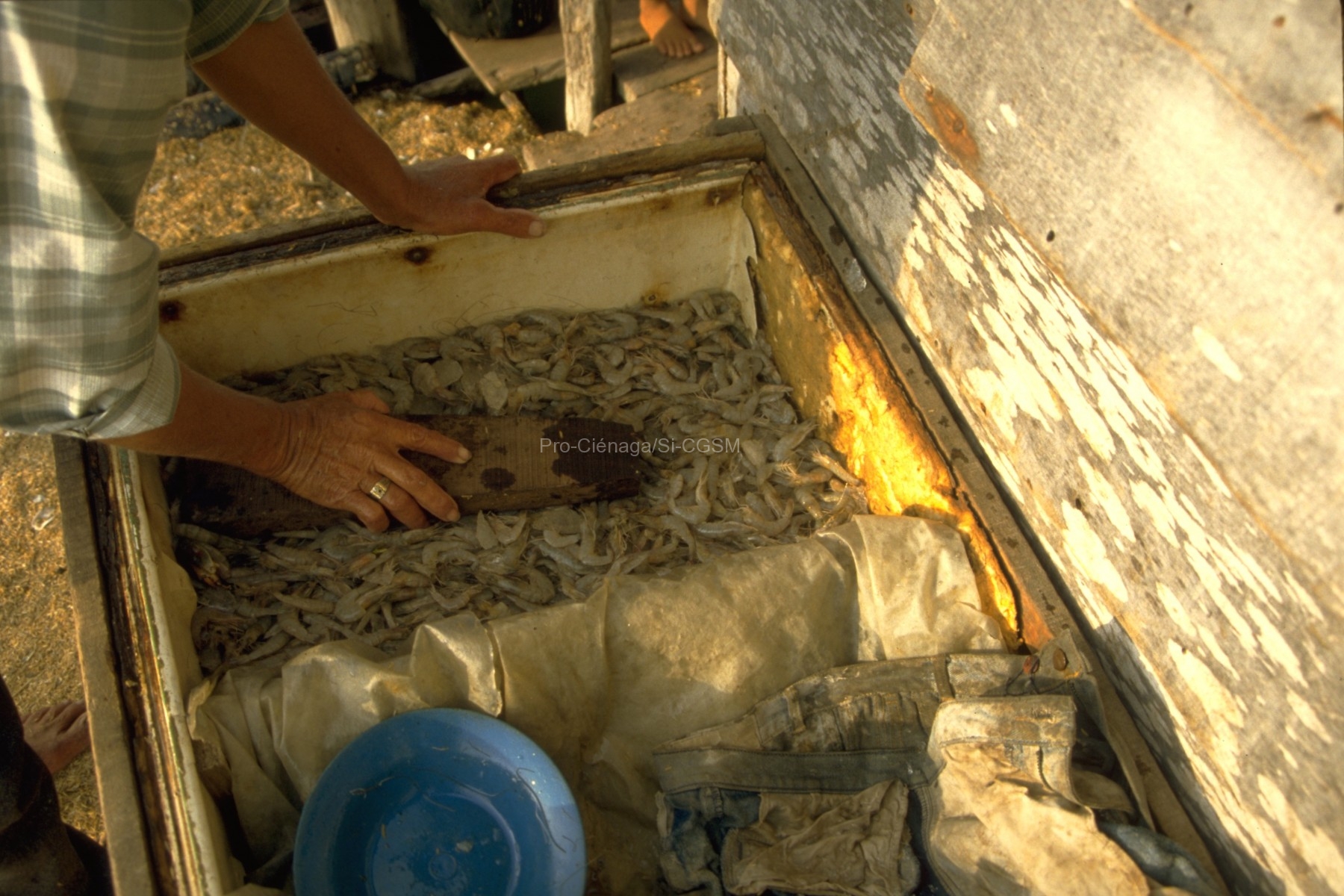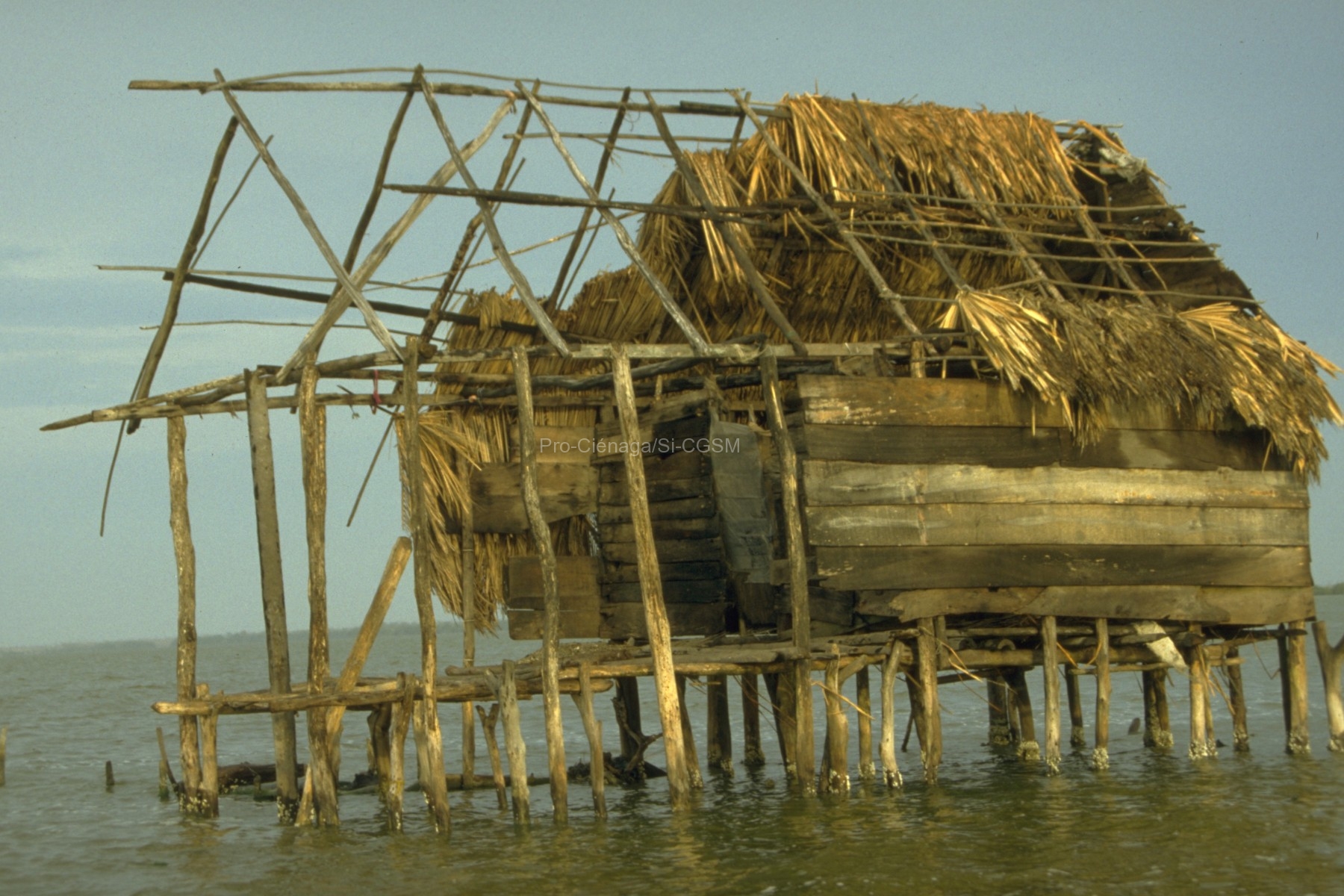https://aquila.usm.edu/cgi/viewcontent.cgi?article=1370&context=gcr
Food selection by fishes is an important piece of information for modeling food webs in aquatic ecosystem. Monthly collections were made over a twenty-four hour period between October 1995 and June 1996 to examine the feeding selectivity of the zabaleta anchovy (Anchovia clupeoides) in the coastal lagoon Cienaga Grande de Santa Marta, NE Colombia. A total of 4,389 specimens were collected, and the abundances and weights of the stomach food items were compared with similar measures calculated from samples obtained in nearby habitats. Our results indicate that the zabaleta anchovy is planktophagous, actively selecting copepods and detritus throughout the year. Individuals also exhibit positive selectivity of fish eggs and crab zoea on a seasonal basis and at different times of the day. This species avoids cyanobacteria, diatoms, and rotifers most of the year and during most of the day and always avoids copepod nauplii, polychaete larvae, and cladocerans. It seems that selection and avoidance of the food items by the zabaleta anchovy is due mainly to its preference for prey over 125 µm.
Está publicación se fundamenta en el mismo muestreo que Duque, G. & Acero P., Arturo. (2003) y Duque, G., & Acero P., A. (2006)

